
There are plenty of ways to cook up juicy and flavorful food without adding tons of unnecessary extras. While most people know to ditch the fryer when cooking up healthy meals, many don’t think about how their cooking method affects the nutritional make-up of their entrée.
Heat can break down and destroy 15 to 20 percent of some vitamins in vegetables — especially vitamin C, folate, and potassium. And as you’ll see below, some methods are more detrimental than others! (This is why raw foodists cut out cooking altogether, claiming that uncooked food maintains all of it’s nutritional value and supports optimal health.)
But other studies suggest certain foods actually benefit from cooking. With carrots, spinach, and tomatoes, for example, heat facilitates the release of antioxidants by breaking down cell walls, providing an easier passage of the good guys from food to body.
Healthiest Cooking Methods
Microwaving

Nuking may be the healthiest way to cook because of its short cooking times, which results in minimal nutrient destruction. Microwaves cook food by heating food from the inside out. They emit radio waves that “excite” the molecules in food (read: make them move all round), which generates heat, cooking the food. While microwave cooking can sometimes cause food to dry out, that can easily be avoided by splashing the item with a bit of water before heating, or placing a wet paper towel over the top of your dish.
Regardless, the way that microwaves cook food nixes the need to add extra oils (bonus points!). The best part is, you can microwave just about anything, from veggies and rice to meat and eggs (and studies suggest it may just be one of the best ways to preserve nutrients in veggies). Just make sure to use a microwave-safe container! Interested in getting an extra-big dose of vitamin C? One study suggests microwaving broccoli is the best way to preserve the C in our favorite green veggie.
Boiling

Boiling is quick, easy, and needs nothing but water and a touch of salt. (Oh, and whatever food you’re cooking.) But in addition to the high temperatures, the large volume of water dissolves and washes away water-soluble vitamins and 60 to 70 percent of foods’ minerals ! While this method can dissolve vitamins and minerals in some foods (especially vegetables), research actually suggests boiling could be the best way to preserve nutrients in carrots, zucchini, and broccoli (when compared to steaming, frying, or eating raw).
Steaming

Cooking anything from fresh veggies to fish fillets allows them to cook in their own juices and retain all that natural goodness. (Again, no need for fat-laden additions to up the moisture!) It’s always good to add a little seasoning first, whether that’s a sprinkle of salt or a squeeze of lemon juice. If the carcinogen-fighting glucosinolates in broccoli are important to you, some research suggests steaming could be the best way to cook the little green trees. In the body, glucosinolates become compounds called isothiocyanates, which some studies suggest inhibit the growth of cancer cells .
Poaching

The same goes for boiling’s cousin, poaching — no additives. Basically, poaching means cooking the given food in a small amount of hot water (just below boiling point). It takes slightly longer (which some experts believe can decrease nutrient retention), but is a great way to gently cook delicate foods like fish, eggs, or fruit. (Plus, it’s just about the most delicious way to cook an egg in our books.)
Broiling
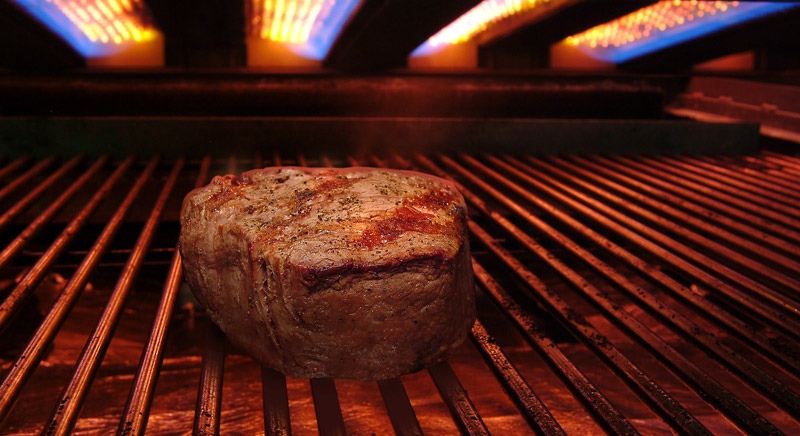
Broiling entails cooking food under high, direct heat for a short period of time. Broiling is a great way to cook tender cuts of meat (remember to trim excess fat before cooking!), but may not be ideal for cooking veggies, as they can dry out easily.
Grilling
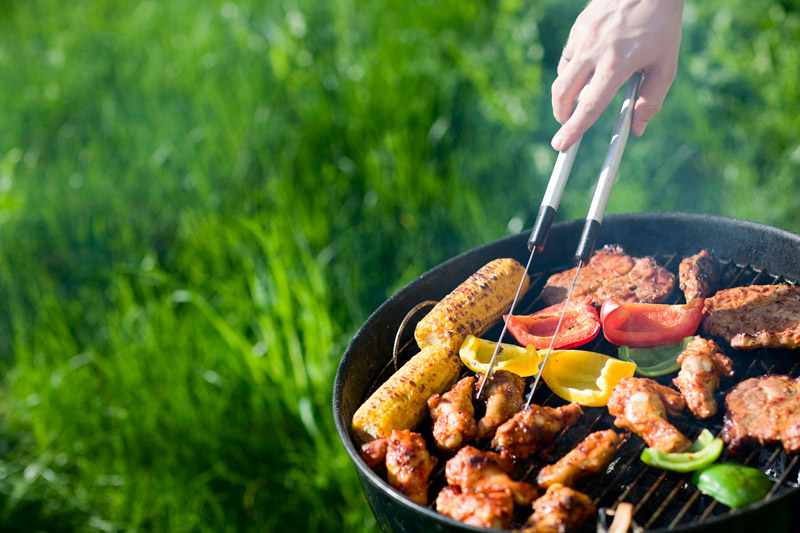
In terms of getting maximum nutrition without sacrificing flavor, grilling is a great cooking method. It requires minimal added fats and imparts a smoky flavor while keeping meats and veggies juicy and tender. While these are definitely healthy benefits, not everything about grilling is so peachy. Some research suggests that regularly consuming charred, well-done meat may increase risk of pancreatic cancer and breast cancer. Cooking at high heat can also produce a chemical reaction between the fat and protein in meat, creating toxins that are linked to the imbalance of antioxidants in the body and inflammation, which can lead to an increased risk of diabetes and cardiovascular disease.
This doesn’t mean BBQs are forbidden — just stick with lean cuts of meat that require less cooking time, and keep dark meats on the rarer side.
Stir-frying
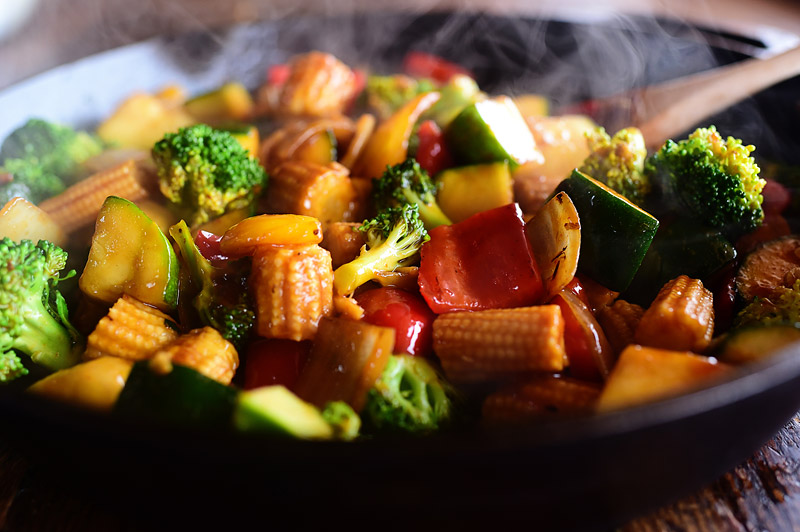
While this method does require some oil in the pan, it should only be a moderate amount — just enough to get a nice sear on your meat and veggies. It’s effective for bite-sized pieces of meat, grains like rice and quinoa, and thin-cut veggies like bell peppers, julienned carrots, and snow peas.
No Cooking!
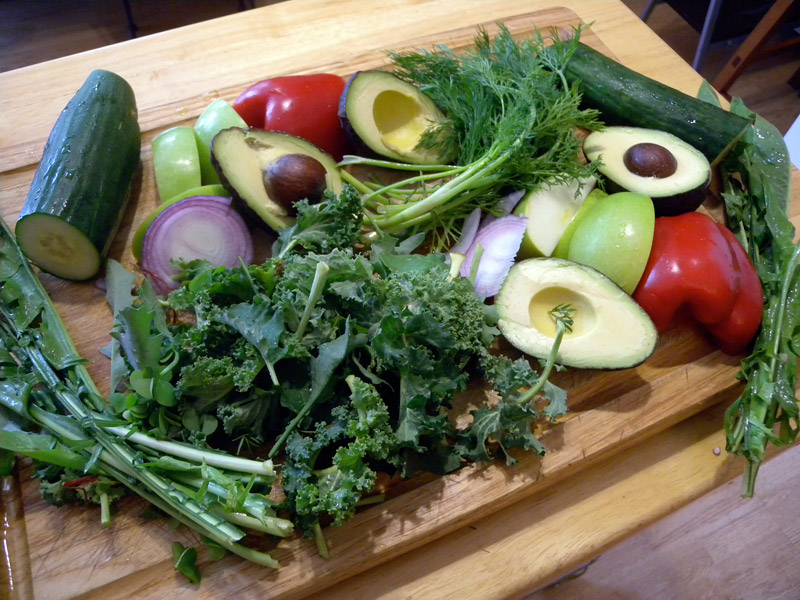
Raw food diets have gained tons of attention recently, and for good reason. Many studies suggest there are of benefits of incorporating more raw foods into the diet: Studies have shown eating the rainbow consistently reduces the risk of cancer, but the jury’s out on whether raw or cooked is really best overall . Plus, since the diet is mostly plant-based, more vitamins, minerals, and fiber are consumed overall, with no added sugars or fats from cooking. And while some raw items might be super-healthy, studies have found that cooking can actually amplify some nutrients, like lycopene in tomatoes and antioxidants in carotenoids such as carrots, spinach, sweet potatoes, and peppers.


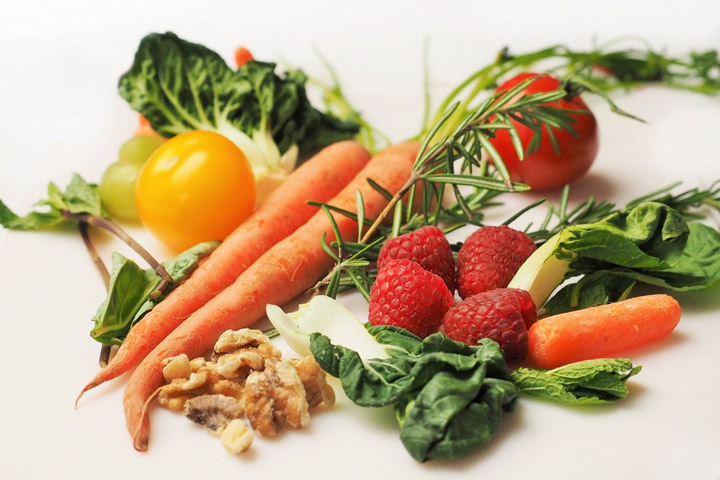
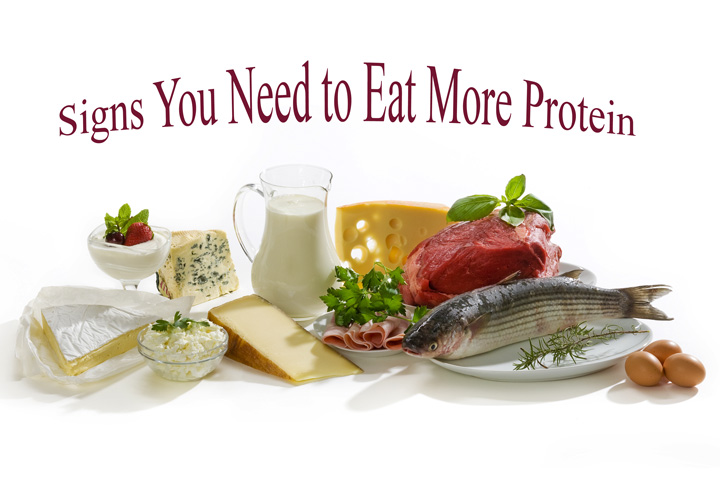

Leave a Reply